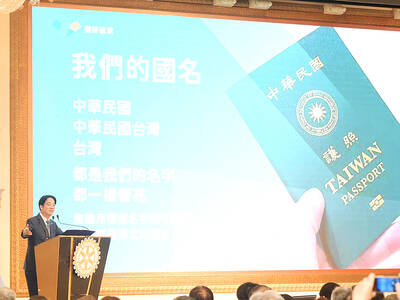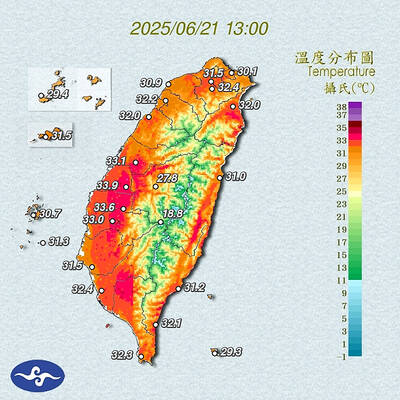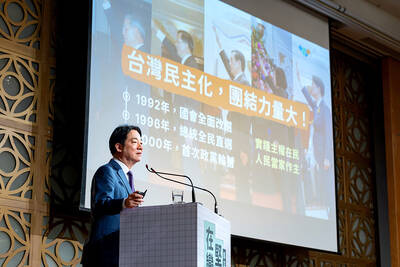The tiny kung-fu fighters are attacking again. Fortunately, my best mate's gran has seen them and is merrily swatting them away with her hands, her hairdo and a teaspoon. Five minutes ago, she had never played a computer game. Now she's just beaten my high score.
It takes a lot to shock a room full of games developers, but Richard Marks did just that in 1999 with his creation, EyeToy. When he stepped up to the stage at the Sony Europe developer conference, the main screen was filled with asterisks. He stood in front of a camera and calmly wiped them all away with his hand. The room fell silent.
"We all looked at each other and said `which one of us is going to develop this?'" remembers Mike Haigh, now EyeToy development director. The group that got the chance was Sony Camden, which later became part of Sony London Studios. Marks, an American who built cameras for underwater robots, moved to the UK and started working with Sony Camden on the technology.
The standard PlayStation 2 (PS2) controller has 15 buttons. The Xbox has 11. The EyeToy has none. It is a small camera that, once plugged into a PS2, displays on the screen an image of you surrounded by bright computer graphics. Buttons on the screen are pressed by waving your hands over them.
Everything works exactly how it would in the real world -- at least, how it would if you were as flat as the TV screen. Dirty windows can be wiped clean. Bubbles can be burst with your finger. A ball can be kept in the air with your head (or your elbow, or your tongue).
For perhaps the first time in the history of computing, things behave exactly as they should. There is no interface gap -- no character represents you, because there you are on the screen, waving your arms and moving things in front of you. No instruction manual.
Just plug in and start to play. And it makes a great party game.
"It involves a very natural interface -- body movement," said Gonzalo Frasca, a researcher in computer games at the IT University of Copenhagen. "So even people who have never played computer games feel they can give it a try. EyeToy did to my wife what seven years of marriage to a videogame researcher could not: get her into videogames."
The first EyeToy game, Play, came out in winter last year and was an instant success. Unusually for a computer game, it kept on selling -- more than 4 million at the last count.
The more people played it at others' houses, the more they wanted a copy of their own. And not all were in the usual games player demographic.
"When we trialed it at a games event, we had no idea we would get grandparents and mothers playing," says Ron Festajo, creative director of EyeToy.
"Normally, the parents would be sitting around talking, while the children played with the controllers. But when they saw their children washing windows with their hands, they were saying `let me show you how it's done, you haven't got a clue how to wash windows.' The parents were competing against their children.
"That's when we knew we had something special," he said.
A lot of the magic came from that launch game, which was like nothing people had played before -- and yet was simple enough for everyone to try.
"If we'd launched it as the obvious Webcam -- it's a camera, it sits on your PS2 and the killer app [application] is that you can see your friends and family across the world -- I don't think it would have been anywhere near as successful," says Haigh. "It's too obvious. It needed something that sparked the imagination."
To help develop the platform, Sony has made the device's development coding freely available. Chat is now available, as are plenty of third-party games. In the new year, Sony will release Kinetic -- an EyeToy personal exercise trainer developed with Nike. It uses a wider lens add-on to provide a full-body workout.
Sony London is also developing EyeToy for the forthcoming PlayStation Portable (PSP) handheld, while Marks is playing with depth-sensitive cameras which, depending on per-unit cost, may or may not emerge on the PlayStation 3.
Meanwhile, the success of EyeToy means that both Nintendo and Microsoft are reportedly developing their own versions for the next generation of consoles available next year. PC and Mac Webcam games are also now appearing. ToySight, for example, was developed in Newcastle, and uses Apple's iSight camera to play EyeToy-like minigames.
Camera play is becoming a platform of its own, but the technology behind these games is nothing remarkable -- they could probably have been created years ago. It needed someone to take the risk and prove it could be successful.

FREEDOM OF NAVIGATION: The UK would continue to reinforce ties with Taiwan ‘in a wide range of areas’ as a part of a ‘strong unofficial relationship,’ a paper said The UK plans to conduct more freedom of navigation operations in the Taiwan Strait and the South China Sea, British Secretary of State for Foreign, Commonwealth and Development Affairs David Lammy told the British House of Commons on Tuesday. British Member of Parliament Desmond Swayne said that the Royal Navy’s HMS Spey had passed through the Taiwan Strait “in pursuit of vital international freedom of navigation in the South China Sea.” Swayne asked Lammy whether he agreed that it was “proper and lawful” to do so, and if the UK would continue to carry out similar operations. Lammy replied “yes” to both questions. The

‘OF COURSE A COUNTRY’: The president outlined that Taiwan has all the necessary features of a nation, including citizens, land, government and sovereignty President William Lai (賴清德) discussed the meaning of “nation” during a speech in New Taipei City last night, emphasizing that Taiwan is a country as he condemned China’s misinterpretation of UN Resolution 2758. The speech was the first in a series of 10 that Lai is scheduled to give across Taiwan. It is the responsibility of Taiwanese citizens to stand united to defend their national sovereignty, democracy, liberty, way of life and the future of the next generation, Lai said. This is the most important legacy the people of this era could pass on to future generations, he said. Lai went on to discuss

AMENDMENT: Climate change is expected to increase the frequency of high-temperature days, affecting economic productivity and public health, experts said The Central Weather Administration (CWA) is considering amending the Meteorological Act (氣象法) to classify “high temperatures” as “hazardous weather,” providing a legal basis for work or school closures due to extreme heat. CWA Administrator Lu Kuo-chen (呂國臣) yesterday said the agency plans to submit the proposed amendments to the Executive Yuan for review in the fourth quarter this year. The CWA has been monitoring high-temperature trends for an extended period, and the agency contributes scientific data to the recently established High Temperature Response Alliance led by the Ministry of Environment, Lu said. The data include temperature, humidity, radiation intensity and ambient wind,

SECOND SPEECH: All political parties should work together to defend democracy, protect Taiwan and resist the CCP, despite their differences, the president said President William Lai (賴清德) yesterday discussed how pro-Taiwan and pro-Republic of China (ROC) groups can agree to maintain solidarity on the issue of protecting Taiwan and resisting the Chinese Communist Party (CCP). The talk, delivered last night at Taoyuan’s Hakka Youth Association, was the second in a series of 10 that Lai is scheduled to give across Taiwan. Citing Taiwanese democracy pioneer Chiang Wei-shui’s (蔣渭水) slogan that solidarity brings strength, Lai said it was a call for political parties to find consensus amid disagreements on behalf of bettering the nation. All political parties should work together to defend democracy, protect Taiwan and resist